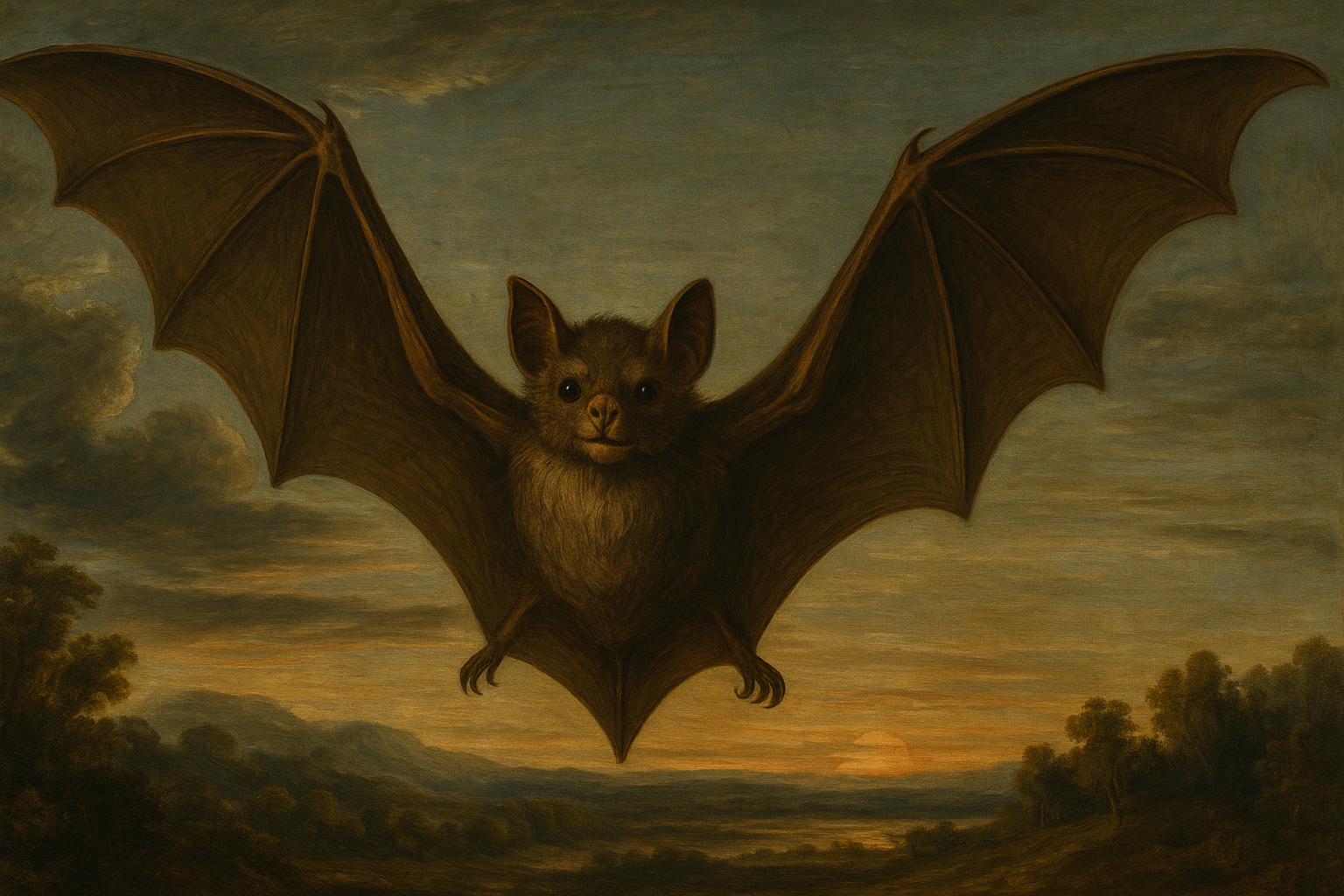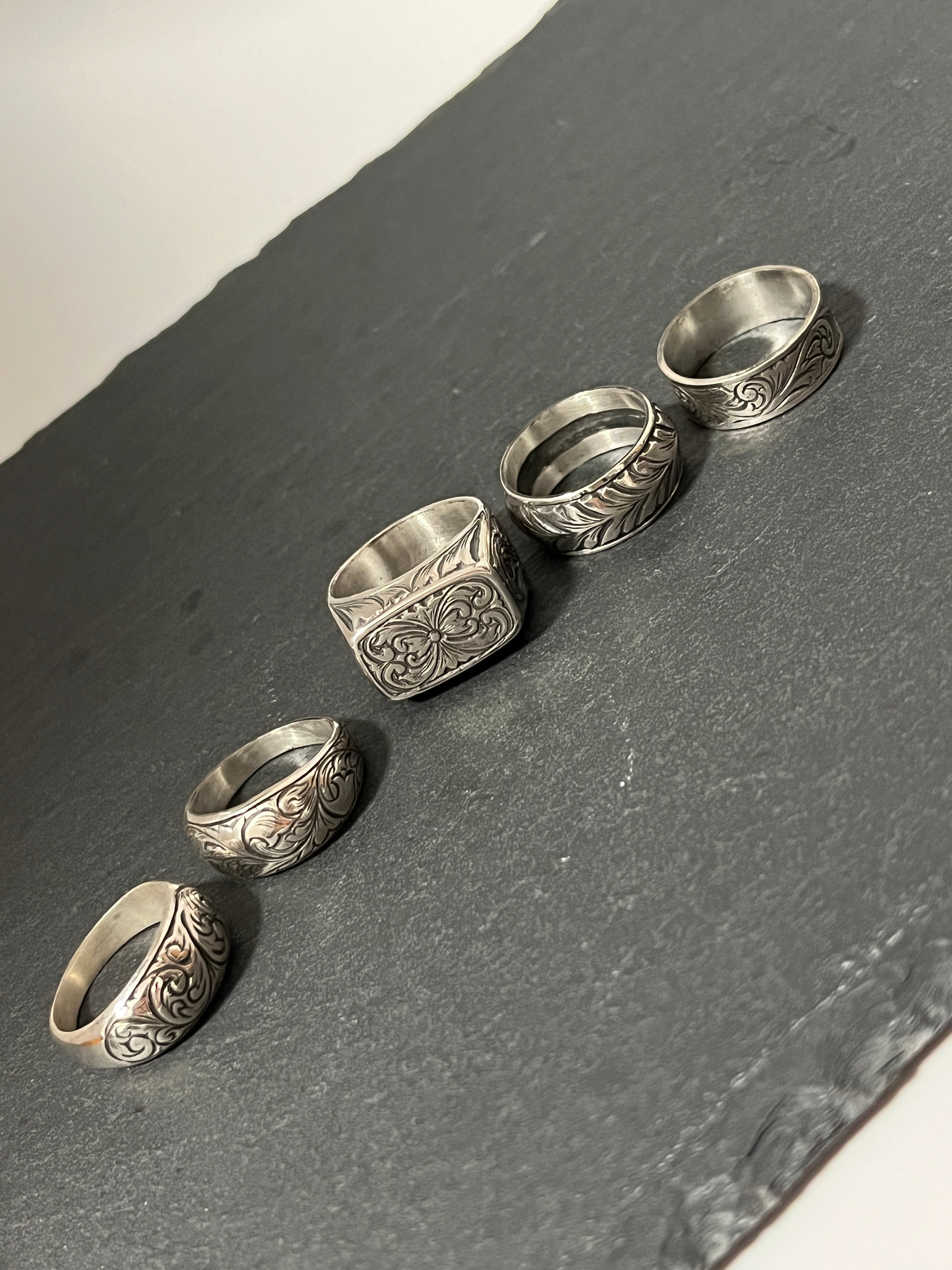

The meaning and origin of the bat motif: a symbol of good fortune lurking in the darkness
Bats are symbols of happiness and prosperity, as well as dark mysteries and ominousness.

In the world of decorative motifs, animals and plants are like mirrors that reflect people's wishes and values.
Among these animals, bats, while at first glance evocative of creepiness and fear, have actually been treasured as symbols of good fortune and prosperity in cultures around the world.
In this article, we will explore the historical origins and meaning of the bat motif and introduce the symbolism it incorporates into jewelry and decorations.
The relationship between bats and humans
Bats are nocturnal creatures that live in caves and darkness, and have been a mysterious presence to humans since ancient times.
Although its outstretched wings resemble those of a bird, it is actually a mammal, and its unique ecology as a "flying beast" has created an image that evokes a mixture of fear and awe.
This duality is what has made the bat such a culturally rich symbol.
Auspicious symbols in Chinese culture
In China, bats have been considered very auspicious animals since ancient times, and the reason for this is the Chinese character culture.
-
The Chinese character for bat, "Fuu" (蝠), is pronounced the same as "Fuu" (福).
-
For this reason, bats were considered a symbol of happiness and good fortune, and were widely used in pottery, clothing, architectural decorations, and more.
In particular, the "Five Bats" are known as the "Five Fortunes Remaining" and are popular as auspicious designs that represent the five blessings of longevity, wealth, health, virtue, and divine will.
The pattern of golden bats on a red background is still used today at celebratory occasions and in traditional crafts.
Symbol of darkness and mystery in Europe
On the other hand, the image of bats in Europe is quite the opposite.
-
In medieval Europe, they were considered to be "witches' servants" and "servants of the devil" because they flew freely through the darkness of the night.
-
In Christian culture, there is a strong dualism between light = God and darkness = evil, and bats, which live in the darkness, are often seen as symbols of "evil" or "bad luck."
Bats eventually appeared in Gothic art and Renaissance allegorical paintings as decorations emphasizing demonic presence.
The silhouette of outstretched wings also led to designs of devil wings and fantasy dragons.
The status of bats in Japan
In Japan, while being influenced by Chinese culture, it has its own unique meaning.
-
During the Edo period, it appeared as an auspicious motif symbolizing good fortune, and was used in maki-e lacquerware and kimono patterns.
-
On the other hand, they also appear in ghost stories and monster tales as a symbol of the eeriness of the night, leaving an impression of being a mysterious thing lurking in the darkness.
This duality overlaps with the sense of "yin and yang" in Japanese design culture.
Bat motifs in decoration and jewelry
Bat designs have a unique appeal in jewelry and crafts.
● Chinese design
Combined with red and gold decorations, which symbolize good fortune, bats are popular as a motif for praying for wealth and prosperity.Gorgeous, fluttering bats are depicted on ceramics and embroidery from the Ming and Qing dynasties.
● Gothic European design
Bat motifs, often in black or silver, are used as symbols of mystery and rebellion. They have been popular in the 19th century Gothic Revival and in modern fashion as a symbol of "beauty shining in the dark."
● Expression in modern jewelry
In the world of silver accessories and fashion jewelry, designs that abstract the silhouette of bat wings are often used.
It is associated with images of vampires and Halloween, and has become established as a decoration that gives a unique and mysterious impression.
The diversity of meanings of bat motifs
Looking at the world's cultures, we can see that there are two major trends in bat motifs.
-
Auspicious symbol of "happiness," "prosperity," and "longevity" (China and parts of Japan)
-
A symbol of "darkness," "mystery," and "ominousness" (Europe and Christian countries)
In other words, bats are an extremely ambiguous motif that can be used as both a "talisman of good luck" and a "symbol of fear" depending on the culture.
The modern appeal of bat motifs
In today's increasingly globalized world, this duality actually expands the possibilities of design.
-
Gift jewelry with an oriental image of "happiness"
-
Fashion accessories that evoke a Western "mysterious and gothic" image
-
Furthermore, from the perspective of environmental protection, there is a movement to use bats as a motif as an entity that supports the natural ecosystem.
By overlapping multiple meanings into one motif, you can wear a unique story.
summary
The bat motif is
-
In China, it is a symbol of good fortune that brings good fortune.
-
In Europe, it is a symbol of "darkness" and "mystery."
-
In Japan, a variety of motifs have been adopted that embrace both sides.
It has developed as a
The sight of them lurking in the darkness yet flying freely in the sky evokes both fear and admiration.
This duality is probably why people continue to choose bats as a motif.
In decoration and jewelry, bats are a motif that expresses individuality, and new forms are still being created all over the world.


